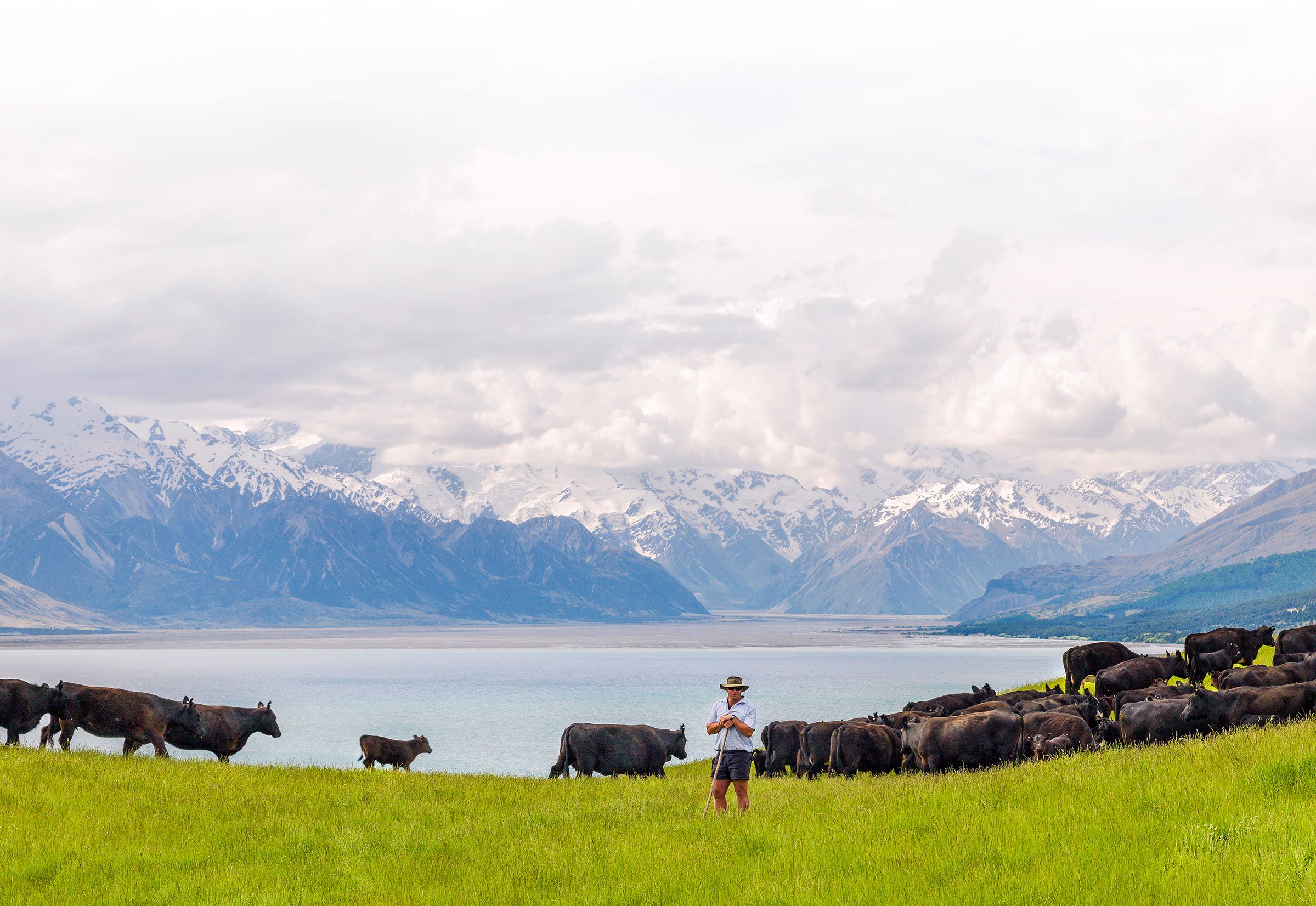What is happening with emissions from NZ farms?
The impact of food production on the environment is of growing interest for us all working within the New Zealand food system, whether you are a health practitioner, educator or food industry stakeholder.
Our industry is keen to get you closer to what is happening on-farm, to help broaden your understanding of what our New Zealand food system, specifically beef and sheep farmers, are doing to progress towards a sustainable future.
Climate change is a key challenge of our times, and New Zealand’s agricultural sector plays a key role in alleviating emissions. A collaboration of New Zealand agricultural organisations, including Beef + Lamb New Zealand within a framework called He Waka Eke Noa, is a world-first attempt to measure and reduce on-farm emissions.
Recently an industry proposal was put to the government about how the New Zealand agricultural sector can pay for its emissions, continuing on the trajectory of the New Zealand beef and sheep sector reducing emissions by 30% since 1990. The industry recommendations include:
That there should be a farm-level levy system. This recognises each individual farm has varying impacts, therefore should be paying on its methane and nitrous oxide emissions based on what is happening on their farm, not based on national averages.
That farms using technology to reduce emissions be recognised, and that payments into the scheme contribute to advancements in technology to reduce emissions.
It also proposes to account for the 20% of woody vegetation that grows on beef and sheep farms that play a role in off-setting (sequestering) emissions. This on-farm vegetation was highlighted at the 2018 Nutrition Society of New Zealand Annual Scientific Meeting and published in Proceedings.
For a one-stop hub of on-farm beef and lamb production activity and consumption, check out Making Meat Better


